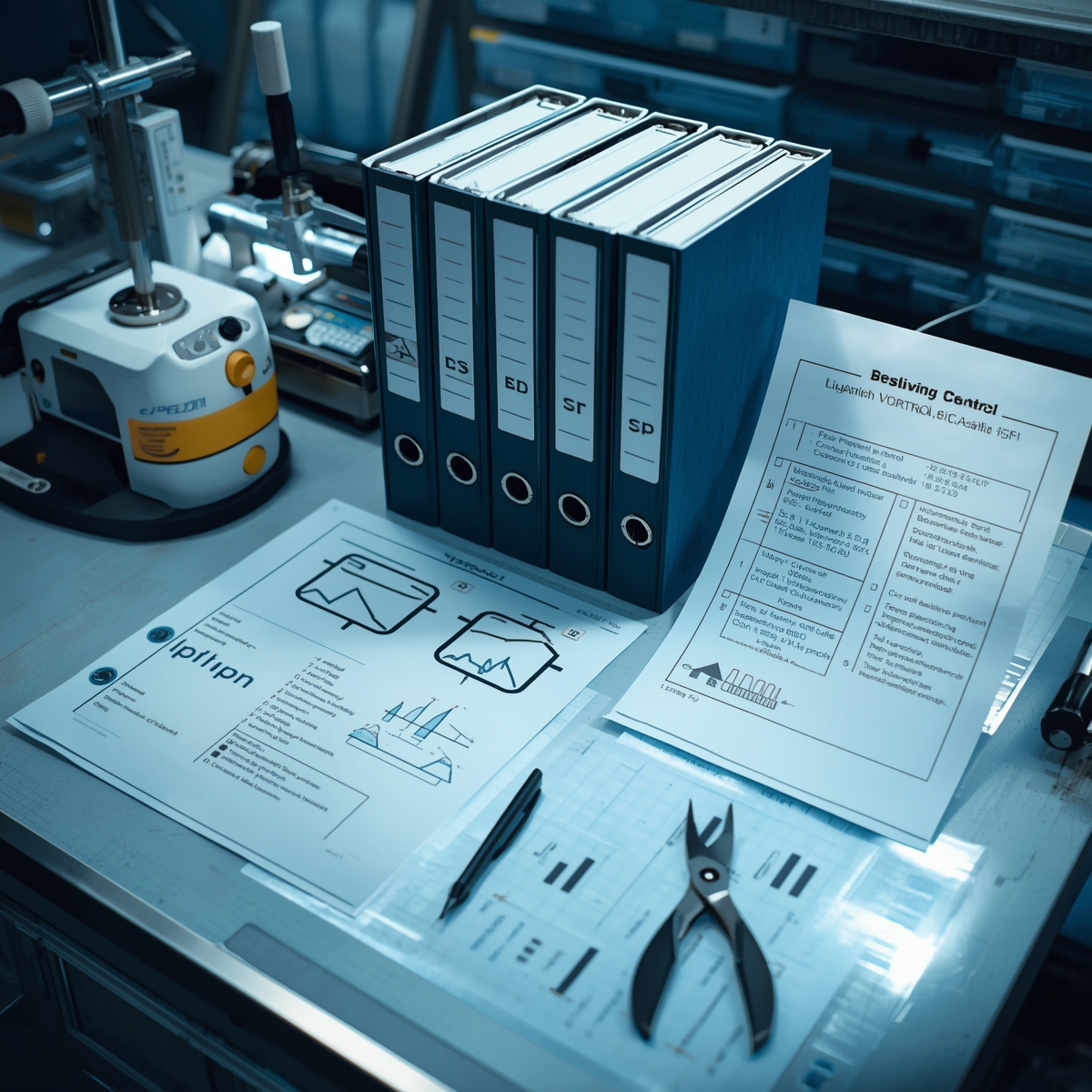ISO 9001:2015 – What It Means For Laboratory Quality
8 min

ISO 9001:2015 is not just a management certificate on a lobby wall; it is the architecture that underpins reliable, repeatable, and auditable laboratory operations. By embedding ISO 9001 into every stage—from enquiry handling to certificate release—Mineral Quality Services Pvt. Ltd. creates a quality culture that supports ISO 17025, NABL accreditation, and commercial excellence.
Table of Contents
- ISO 9001:2015 Overview for Laboratories
- Leadership and Context of the Organization
- Process Approach and Risk-Based Thinking
- Operational Control from Sample Receipt to Reporting
- Support Functions: Competence, Infrastructure, and Communication
- Performance Evaluation: Audits, KPIs, and Customer Feedback
- Corrective Actions and Continual Improvement
- Integration with ISO 17025 and NABL
- Client Benefits and Commercial Assurance
- Conclusion
ISO 9001:2015 Overview for Laboratories
While ISO 9001 is industry-agnostic, laboratories apply it to standardize workflows, manage risk, and document responsibilities. The standard’s seven quality management principles—customer focus, leadership, engagement of people, process approach, improvement, evidence-based decision-making, and relationship management—translate directly into reliable lab outputs.
Leadership and Context of the Organization
MQS leadership defines organizational context by analyzing internal strengths (technical expertise, LIMS infrastructure) and external factors (regulatory changes, client segments). Quality objectives cascade from the leadership policy into departmental KPIs such as turnaround time, zero lost samples, and audit closure days.
Process Approach and Risk-Based Thinking
ISO 9001 emphasizes mapping interactions between processes. MQS charts every process—Business Development, Sample Logistics, Laboratory Operations, Quality Assurance, Reporting—and documents inputs, outputs, risks, and controls. Risk registers capture threats such as reagent shortages, instrument failure, or cyber incidents. Each risk is assigned mitigation, ownership, and review frequency.
Operational Control from Sample Receipt to Reporting
Operational clauses 8.1 to 8.7 govern how MQS handles client requirements, design of services, purchasing, production, and release. Work instructions explain how samples are received, barcoded, and scheduled. Control of externally provided services ensures that subcontract laboratories meet ISO alignment. Nonconforming outputs (such as out-of-limit QC results) trigger documented containment, root cause analysis, and client notification.
Support Functions: Competence, Infrastructure, and Communication
Support clauses cover resource planning, competence, awareness, communication, and documented information. MQS maintains competency matrices, training plans, and communication protocols that ensure analysts understand quality policies. The LIMS stores SOPs with version control, while IT teams manage environmental monitoring for temperature, humidity, and power continuity.
Performance Evaluation: Audits, KPIs, and Customer Feedback
Clause 9 requires monitoring, measurement, analysis, and evaluation. MQS dashboards track key metrics: sample throughput, revision frequency, CAPA closure rates, PT performance, and client satisfaction scores. Internal audits cover every clause annually; management reviews analyze KPI trends, audit results, risk status, and strategic changes.
Corrective Actions and Continual Improvement
Clause 10 focuses on nonconformities and continual improvement. MQS uses structured CAPA forms with 5-Why or fishbone analysis. Improvement initiatives include automation of reagent preparation, implementation of predictive maintenance, and digitization of field data capture.
Integration with ISO 17025 and NABL
ISO 9001 provides the management backbone while ISO 17025 delivers technical requirements. MQS maps clauses to avoid duplication, ensuring document control, risk assessment, and improvement processes serve both standards. This integration simplifies NABL audits and provides clients with harmonized documentation.
Client Benefits and Commercial Assurance
ISO 9001-certified laboratories offer predictable delivery, transparent communication, and rapid problem resolution. Clients gain confidence that their samples will be handled consistently, data will be traceable, and corrective actions will be logged. This assurance supports procurement audits, ESG reporting, and supplier evaluations.
Conclusion
ISO 9001:2015 translates quality rhetoric into daily routines—clarifying responsibilities, enforcing risk controls, and driving evidence-based improvement. By embedding the standard into laboratory culture, Mineral Quality Services Pvt. Ltd. ensures that every certificate issued reflects disciplined management, technical rigor, and client-centric delivery.